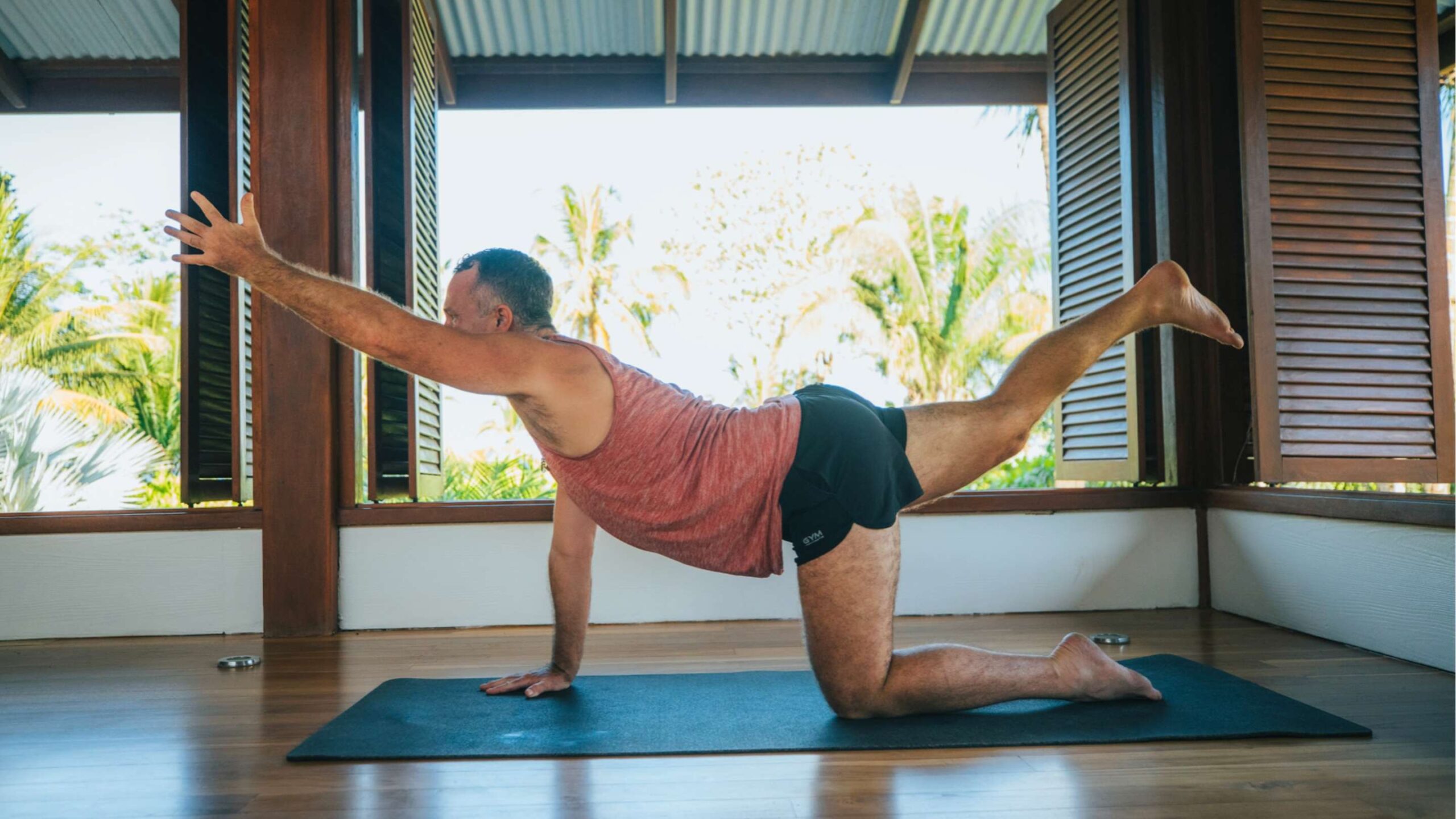
"Have you ever questioned whether your stretching routine is truly helping-or if it might be doing more harm than good? If so, this article is for you! We explore the powerful connection between the brain, muscles, and stretching through an eye-opening interview with Katie Burdick, a Colorado Muscle Activation Technique (MAT) teacher. As a key figure in the evolution of Applied Yoga Anatomy & Muscle Activation™ (AYAMA), Katie offers groundbreaking insights that will transform your thinking about flexibility and movement."
"In our conversation, Katie explains why passive stretching-relying on external forces to create a stretch-can actually disengage the neuromuscular system, leaving the body more vulnerable to injury. Instead, she emphasizes the importance of actively engaging muscles to address tightness at its root. I explore this topic further in my podcast, Stop Stretching. Listen to Episode 3 to learn more! Here's what you will learn in this article:"
Dynamic stretching uses controlled active movements that engage muscles and improve range of motion while preparing the body for activity. Passive stretching depends on external forces such as gravity or a partner and can produce overstretching and reduced muscle stability when excessive. The nervous system assesses a muscle's capacity to lengthen and triggers protective responses if lengthening threatens stability. Addressing tightness by actively engaging and activating muscles treats the root neuromuscular cause and preserves stability. Applied Yoga Anatomy & Muscle Activation (AYAMA) emphasizes muscle activation and offers practical strategies to avoid overstretching and maintain safer flexibility.
Read at Yogi Aaron
Unable to calculate read time
Collection
[
|
...
]